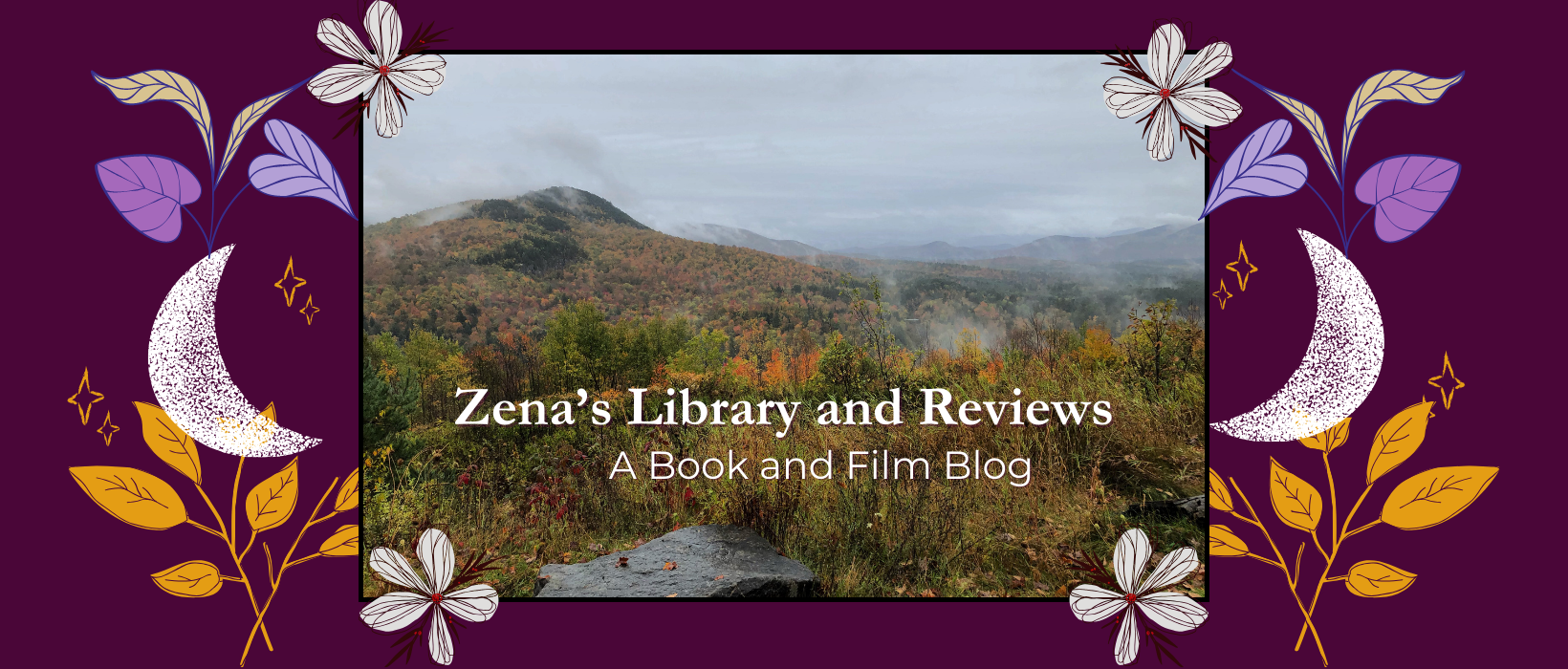
On the surface this is a book about a group of supernatural children under protection due to their history of abuse and level of power. It’s about governing forces that appear paternal and good intentioned (with ulterior motives). And it’s about the relationships you foster in care homes like this and how sometimes the only real protection you have is with others like yourself.
I enjoyed reading The House in the Cerulean Sea, but to a certain extent. Somewhere near the halfway point I started losing interest and began some new books, because most of the mystery was over by then. However, it’s not a book without its merits. It is a heart warming story written in a whimsical style reminiscent of many children’s stories. TJ Klune does a good job of magnifying the extent of the children’s powers as well as their abuse histories in their behaviours. The relationship between Linus and Arthur, how it grows from frightening to mysterious to warm is cute, although I do feel it moved a little fast, personally.
In some ways The House in the Cerulean Sea was both exactly what I needed to read when I did and exactly what I dreaded reading. It’s a book that’s quite easy to understand without any further thought of historical significance or of impact to various communities. Yet these are precisely what need to be considered.
I think it’s hard for me, sometimes, to merge the artist with the advocate. For one, I believe all artists should be able to create what they want to. That isn’t always acceptable to many groups, which is both understandable and fair.
If you’ve spent any time on social media these days you’ve been witnessing children in absolutely horrific circumstances. In The House in the Cerulean Sea we meet “supernatural” children, which suddenly extends the meaning and impact of what we are reading and who this experience applies to. In them I see Palestinian children, I see Indigenous children, I see female children, I see queer and trans children and I see poor and abused children, which is why I feel reluctant to say that TJ Klune had no right to write this story. I’m sure others felt and feel differently, and that is their right, too. I’m grateful also that Klune refrained from including horrific details. The purpose of this book isn’t to be horrified, but to be warmed by love and care.
In his interviews TJ Klune states that he didn’t pull from one historical event, but rather quite a few. If you know anything about the Canadian Residential Schools, you know they were brutal beyond comparison. Klune did admit to using this as inspiration, among many others. For that I do feel conflicted – it was not his story to tell. This is especially true, because while I did see ‘all’ types of oppressed kids in his writing, the narrative about queer stigma and oppression was missing. The queers in this book are all accepted societally and integrated. It’s never pointed out to be something to even take note of, just another characteristic about a person. The reason I mention this is that TJ Klune is a gay white man, himself. Yet, he did write the island sprite, Phee, was native to the island, unregistered, and warned about. Here’s around where I hover – that I think this book is both sweet and impactful, and worth questioning at the same time.
In fact it’s difficult to write anything without pulling from our world. There’s no separation of our reality with the worlds on our pages. This is something I wrote about here, and why I find it difficult to read immersive fantasy worlds. Often they simply don’t read as fantastic enough for me to suspend disbelief, especially when they mimic too much of one event or situation.
Unfortunately, this particular conversation diverts from the topic in the book that screams the loudest. If a child was born from the most evil person known to the world, are we to fear them, hate them, blame them? I had some ideas while I was reading about Lucifer.
The most prominent idea and really the only one I can still remember was about nature vs. nurture, and how much has the potential to change when a child or any person is left in a healing environment after a torturous one, even if the kid could technically tear down the walls of reality. I mean, yes, it’s an exaggeration. I also don’t think it’s realistic, because a child with this kind of power and even a hint of trauma will result in triggers that could cause tornadoes or something. While I definitely adore the idea of not villainizing children and not appointing labels to people just because of where they ‘come from’, I do think it’s worth critically thinking about, too. Children are already rage machines, unpredictable, messy, terribly unrestrained. But, I believe that nurture carries so much more weight in any human beings life than nature does, if nature is even much of a thing at all.
I’d like to end this post with a quote. Make of it what you will.
I am but paper. Brittle and thin. I am held up to the sun, and it shines right through me. I get written on, and I can never be used again. These scratches are a history. They’re a story. They tell things for others to read, but they only see the words, and not what the words are written upon. I am but paper, and though there are many like me, none are exactly the same. I am parched parchment. I have lines. I have holes. Get me wet, and I melt. Light me on fire, and I burn. Take me in hardened hands, and I crumple. I tear. I am but paper. Brittle and thin.
TJ Klune


